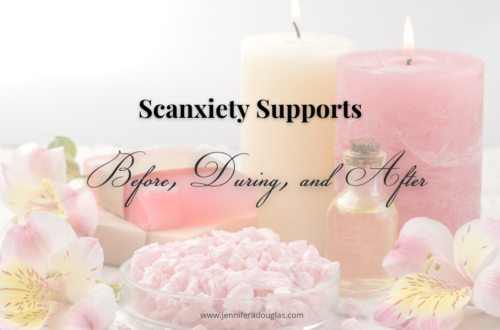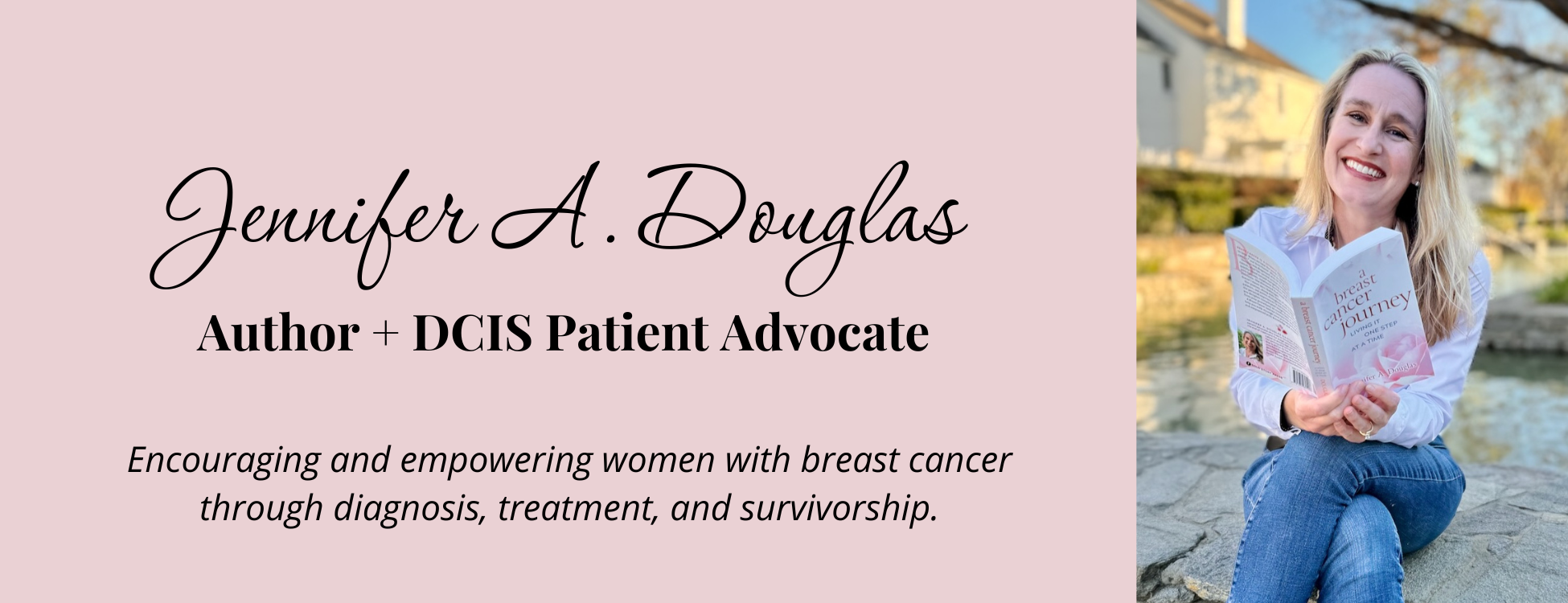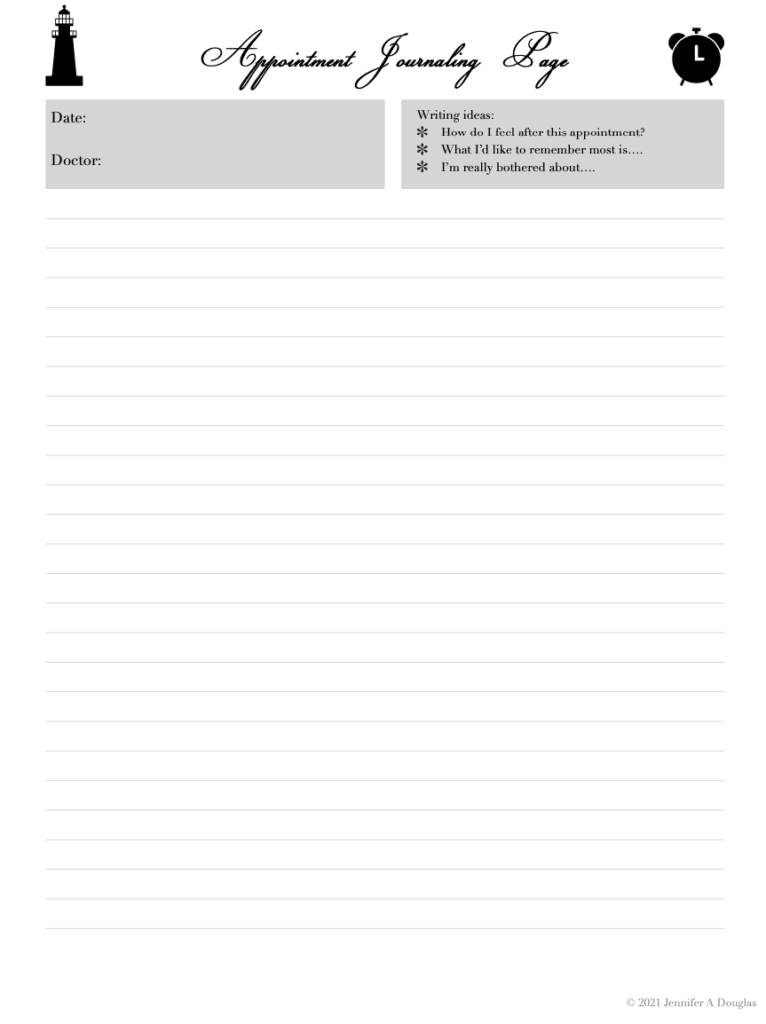Patient Experience Workbook: Record, Reflect, Remember Important Details
I am excited to launch my new patient experience workbook! I designed this workbook to help you record, reflect, and remember important things from your medical appointments. This workbook can be printed out and placed into a notebook or imported into your favorite pdf annotation app like GoodNotes.
This resource is free for my email subscribers, and I’m so thrilled to share it with you! There’s a link at the bottom of this post which makes it easy to access.
Why I Designed this Workbook
During my diagnosis and treatment for DCIS (Stage 0 Breast Cancer) in 2019, I discovered that I needed a space to record what was happening in my appointments. I wanted to take notes and keep track of my questions. But, more than that, I wanted a way to keep track of the intangibles of my appointment and treatments.
When I left the office and felt overwhelmed, frustrated, drained, or confused, I wanted to understand why. Was I feeling this way because of the results that I received? Or, had I experienced something during the check-in or appointment time that was impacting my emotions? Did I get my questions answered in the appointment? Was my doctor able to take the time with me to address my concerns?
I needed a place where I could:

This workbook is designed to allow you to easily record your notes, reflect on your appointment, and remember the important things for the future.
You can print it out or use it digitally- whichever way helps you be the most effective in reflecting.
How to use the Patient Experience Workbook
You’ll find four different pages in this workbook that you can use to record, reflect, and remember the important details from your appointments, treatments, and phone calls. Feel free to duplicate or print out extras as you need to so that this can be the most effective workbook for you. I’ve divided the notebook into two sections, one for appointments and one for phone calls.
Section 1:
1. Appointment Notes:
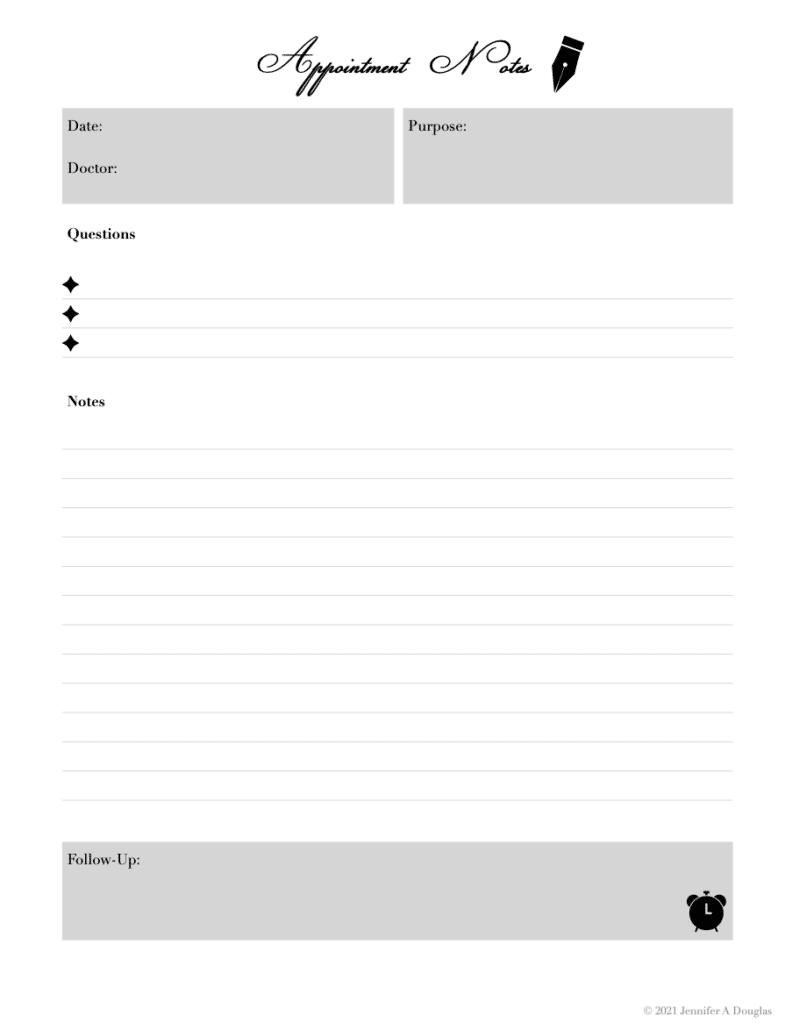
This page is designed to help you plan your time with your doctor. Before you arrive at the appointment, I recommend you think of three main questions for this appointment.
I usually found that I thought of my questions while I was doing other things. I would be taking a shower and remember that one question I needed to ask my surgeon. I would hurry to get dried off and then jot a quick note in my phone.
Before my appointments, I would then look through those notes and organize my questions. It helped to have them written out before I got into the room. Once I took my shirt off for the exam, I typically forgot what I was going to ask.
The remaining space on the appointment notes page can be used by you or your appointment companion to take notes. It was so helpful to have the responses to my questions down on paper so that I could look up what the responses were.
Sometimes those notes would be the jumping-off point for my research. During the results appointment after my MRI-guided biopsy, my surgeon shared with me that I had a rare, benign breast condition called PASH. I asked him what that was, and he gave me the answer, but all I was capable of remembering was the acronym.
Once I got home, I researched the condition and learned more about it. It was beneficial to have the notes available so that I could do my searches on my own time.
The bottom portion of the notes page can be used to write down any follow-up that you might need to do after the appointment. I would often have follow-up appointments to schedule, and I needed to do those over the phone from my home. Taking just a few minutes to write them down helped me not forget details in the transition time from the doctor’s office to my house.
2. Appointment Reflection:
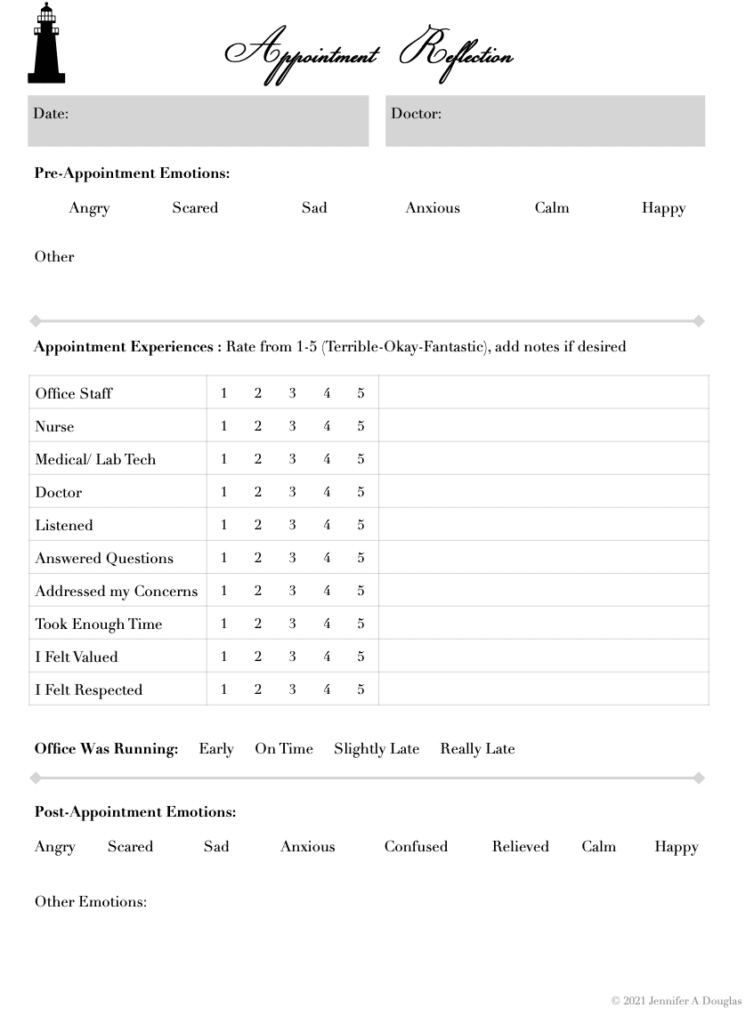
This page is for quickly recording your experiences and emotions before and after the appointment. The top portion has a place where you can circle the mood you feel before the appointment begins.
You could fill this out at home before you leave or take a few moments when you get to the office to do a mood check-in. I remember struggling with strong emotions throughout my cancer diagnosis and treatment. One of the things that helped me was being aware of the feelings I was having. The awareness didn’t take the uncomfortable feeling away, but it was a good first step towards improvement.
Then, after your appointment, I suggest you take a few moments to look at the rating scale and circle the number that best describes your experience. I find that many factors can color my mood and memory of the appointments. How was I greeted? How did I feel when I brought my concerns to the doctor?
I shared in a previous post that I switched medical groups right at the beginning of my diagnosis process. One of the reasons I made a switch was that I was feeling rushed into making a decision and didn’t feel like I was getting the time with my doctors to get my questions answered.
The first appointment with the surgeon I later removed from my care team was cut short abruptly when he got called away by an emergency phone call. I felt abandoned when he rushed off. I know that it was an important call for him to take, but I hadn’t gotten all my questions answered.
I left that appointment feeling frustrated and having many questions left on my list. It took me many conversations to dig into why I wanted another care team. I needed to identify what emotions I was feeling. That required me to reflect on the appointment itself and then decide what I was going to do.
I include spaces on this page for you to think about the office staff, the nurses, the medical techs because these are all critical components of our patient experience.
There is also space to record your post-appointment emotions. How do you feel when you get to the car after the appointment? I included some of my typical post-appointment emotions and gave you space to write on your own.
3. Journaling Page:
This is a space for you to freely express how you are doing after the appointment. I remember leaving the office after some appointments and needing to get all of my thoughts out before I got home.
Sometimes Dave and I could stop and get coffee to collect ourselves before arriving back home. This coffee time was an opportunity for us to decompress from the information we got during the appointment. We would sit and talk so that I could process everything.
I highly encourage you to find a way to reflect on your appointment and either talk to someone close to you or use this journaling page to write out how you’re doing.
Section 2:
Phone Call Notes:
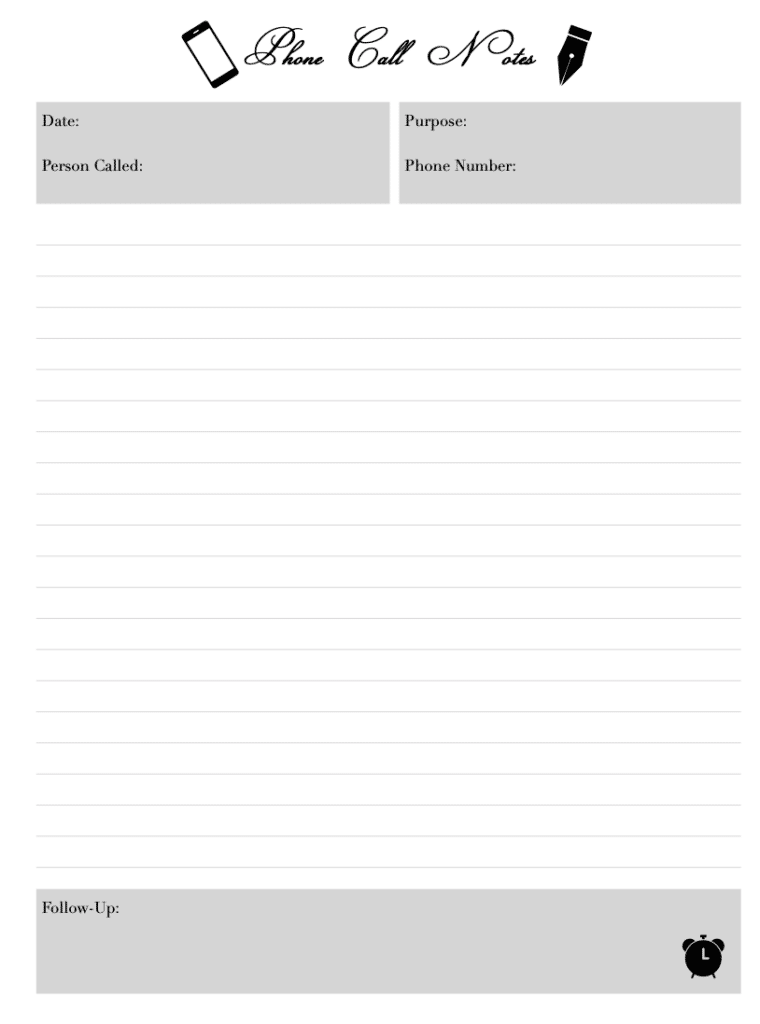
I needed to make a lot of phone calls during my DCIS treatment. Most of those were to the insurance companies to make sure that my care would be covered. I liked to take notes to help me remember who I talked to and what we talked about. These notes will be helpful when you need to call back about a problem that hasn’t been resolved. Also, if your doctor calls you to discuss results or asks you to get more imaging done, you can jot that down on the notes page.
I hope that this workbook helps you record, reflect, and remember the essential details about your patient experience.
I have uploaded this workbook to my free subscriber’s resource library. But, if you aren’t a subscriber yet, fill out the form below to sign up, and I’ll direct you right to the download page.
Please share this post with your community! I think it will be beneficial to anyone who wants to have a tool to record, reflect, and remember important aspects of their medical care.
Do you have any suggestions or comments? Leave them down below, and I may include them in the next version of this workbook.
Jennifer Douglas
Jennifer Douglas is an author, patient advocate, and DCIS breast cancer survivor. After navigating her own breast cancer journey in 2019, she began writing and encouraging others who were newly diagnosed. Her resources include her book, "A Breast Cancer Journey: Living It One Step at a Time," and her online support course, "Encourage: Breast Cancer and Beyond." Jennifer also actively supports patients through her online presence and direct involvement in communities and support groups, offering guidance and encouragement every step of the way.


You May Also Like

Post-Surgical Swirl: Emotions During Recovery
December 29, 2020
What is DCIS: Stage 0 Breast Cancer
April 20, 2021